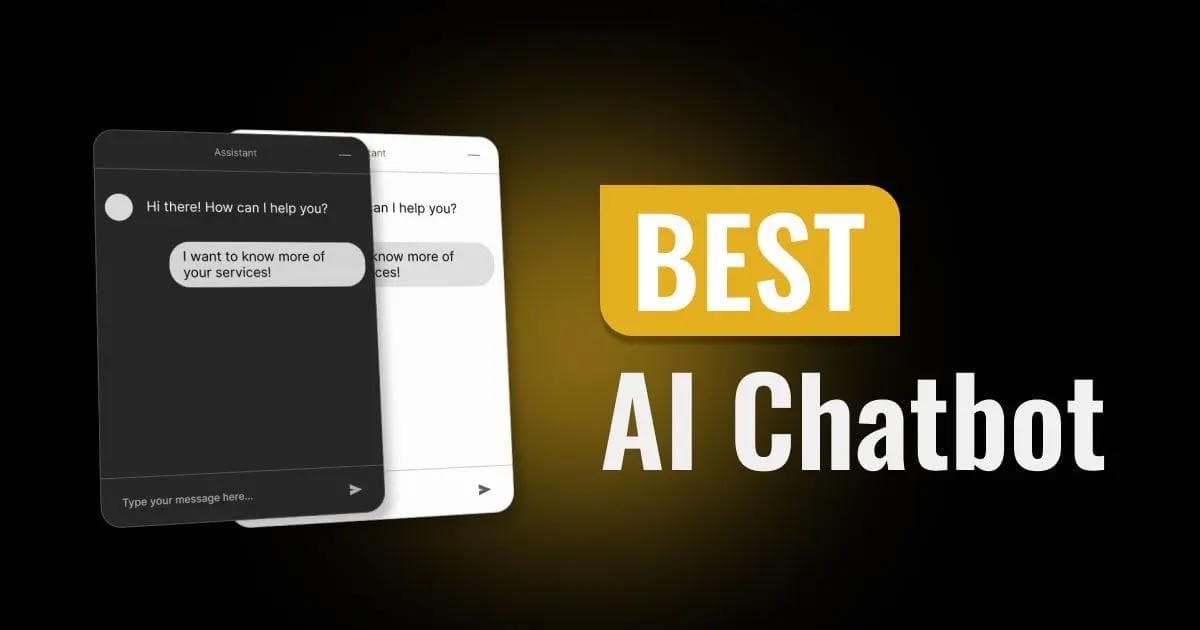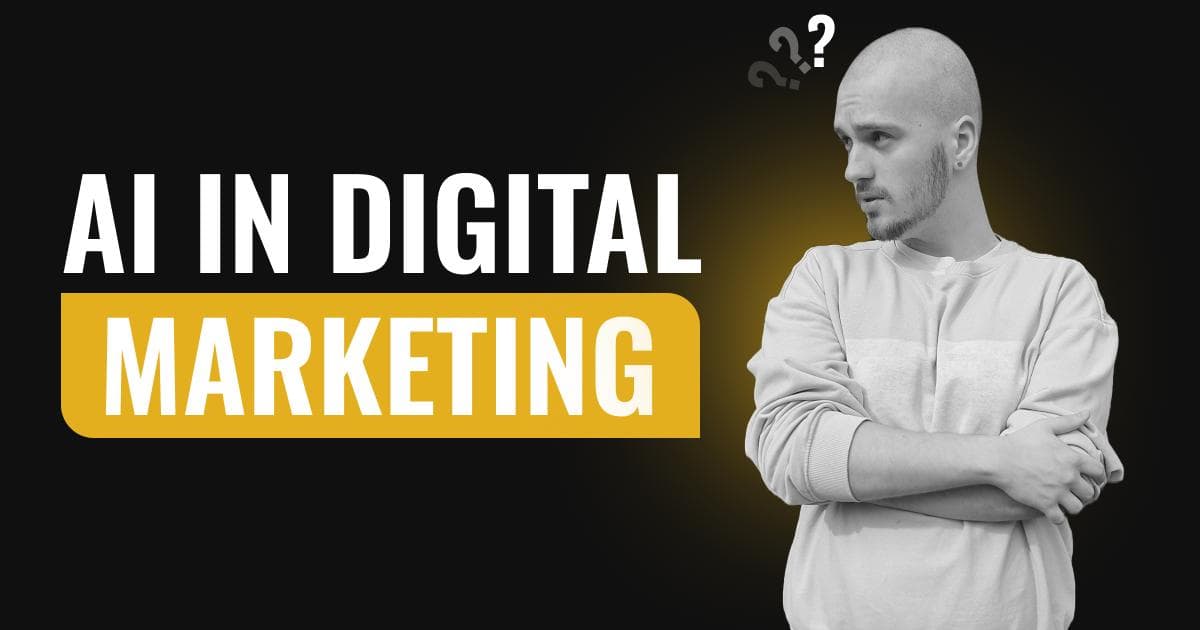How I Created Prospect Research AI Automation?
Cezary Klauza
Created at 5/19/2025

If you’re calling, emailing, or messaging potential clients, you probably already know how important it is to demonstrate your knowledge about them and their business. Before you reach out, you likely visit their website and social media profiles to get a sense of who they are and how to tailor your pitch.
But have you ever thought—you don’t actually have to read through all of those pages and posts yourself? AI can do it for you.
How Does AI-Powered Prospect Research Automation Work?
The concept behind this kind of automation is quite simple. But unless you’re a developer, creating such a script might be challenging. The process has two main stages:
Scraping – extracting relevant data from websites
Summarization – using AI to analyze and condense that data

It’s also worth noting that for more in-depth analysis, it’s better to break down a single general prompt into multiple, more targeted ones. For example: one AI agent can generate a high-level summary of the company and its history, while another focuses on identifying pain points and product fit. This way, each tool focuses on a specific goal and delivers better results.
Scraping Prospect Information
Let’s say you have two URLs related to a prospect: their company website and the CEO’s LinkedIn profile. Since you’ll be reaching out to the CEO, you’ll want information both about the company and the individual.
Scraping the Company Website
This task may be more complex than it seems. Companies usually have more than just a single homepage, so it’s important to collect data from multiple subpages. That way, you ensure you’re gathering meaningful and diverse information.
Every time you see a link to another internal page, you should follow it and add the new information to your data set. Of course, you’ll want to exclude certain sections like blog posts or articles and limit the number of pages you scrape—otherwise, you might end up looping through endless content.

If you want a fast and reliable solution, I recommend using Firecrawl. It’s an API that scrapes websites and returns the data in a format optimized for AI analysis. It also supports multi-page scraping. I can confidently recommend it ✊
Scraping LinkedIn
This step is usually easier because you know what and where to look for. You’ll typically want to extract:
- Bio/summary
- Work experience
- A few recent posts
Creating a script to collect this data shouldn’t be too hard—even a junior backend developer could handle it. So I don’t feel the need to recommend a third-party tool here.
Generating the Summary
Once you’ve collected data from the website and LinkedIn, it’s time to build prompts for your AI tool.
Depending on what kind of information you’re after, you’ll customize your prompt accordingly. A simplified version might look like this:
You are a sales assistant. Your task is to analyze a large amount
of text scraped from the website of X Company.
Based on this, please identify the number of employees,
the industry, and a summary of the company’s typical clients.
Data: [Insert scraped content here]
In reality, the prompt would be longer and more detailed—because training an AI model is a lot like onboarding a new team member. But this article isn’t about writing prompts, so I’ll keep it brief.
💡 Tip: Always request separate summaries for the website and the LinkedIn profile. The context and goals are different for each, and separating them reduces the chance of inaccurate results in your automation.

Conclusion
This kind of automation can reduce your prospect research time from 15–30 minutes down to just 30 seconds to 3 minutes, depending on how many pages you’re analyzing.
You can:
- Integrate it into your CRM (no more exporting contacts!)
- Use it as a standalone tool
- Embed it into a custom interface
There are many ways to implement it—it all depends on your workflow and requirements.




